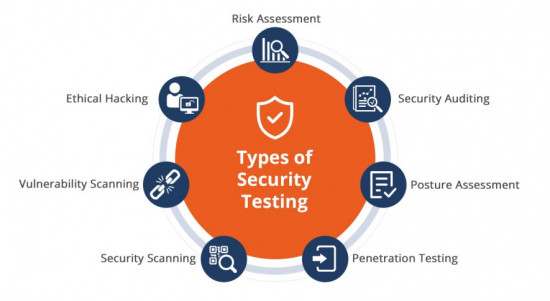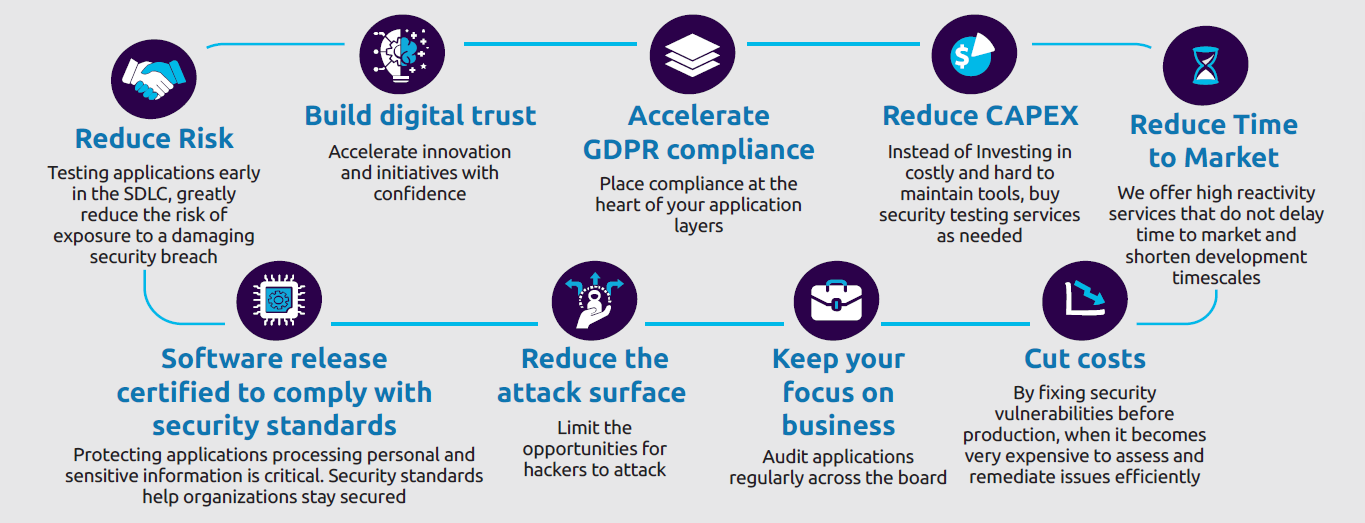
Myths and Facts of Security Testing
For various, the word “Security” had a different concept for Application testing. But over the years, Security Testing has gained its importance as the most imperative testing and part of the credit goes to the developing digital era. Check out some of the myths and facts of security testing before using them.
While there has been a hike about implementing Security Testing, there still remains a lot of areas where Security Testing must conquest. Security Testing still remains undiscovered due to the myths and wrong information passed down.
Myths and Facts about Security Testing
MYTH #1: Only Banking Applications Need Security Testing
Myth
The first myth that resides in the IT world is that only Banking Applications need Security. The logic behind this being, Banking apps store sensitive data and loss of such data can affect the monetary funds of many people. Basically, can mean a huge loss to many people at a time.
Fact
- Every organization, irrespective or Banking or Financial Domain needs Security Testing.
- The belief is- only companies bound by International Compliance Standards make Security Testing mandatory. But time and again it is witnessed that the reason behind the hacks and leaking of confidential data has been due to compromising Security Testing.
- Security Testing protects confidential data of every application and application of every domain contains private data that if lost may attract irreplaceable loss to the company of any size and domain.
MYTH #2: Perimeter Security is Enough to Defend Applications in a longer-term
Myth
A single layer or multiple layers of firewalls can’t be the only security network that safeguards an application. Firewalls are a temporary solution to monitor the insecurity of the applications.
Fact
A thorough Security Testing to identify the loopholes and vulnerabilities of the application is a must to avoid malicious hacks in the longer-term.
Security Testing is performed usually before the app is released in the market for the secure and safe app. Security Testing tests every aspect of an application as a test scenario through various types of Security Testing. Security Testing certifies the application as a reliable and secure application in the market.
MYTH #3: Security Testing must be maintained by Testers or a Testing Department
Myth
If in case the Security Testing of an application was a single department job, Security Testers would rather do their job of testing and be done with the Security of the application. Security testers would identify the loopholes, vulnerabilities, and risks of the application and be done with the Security of the application.
Fact
- Security Testers, Developers, and a team of DevOps must come together to complete the Security process for an application.
- The Security Testers identify the risks, vulnerabilities, and bugs in the obvious areas of security threats. The job is taken further by the Developers to secure the application by fixing the risks and loopholes identified by the Security Testers.

MYTH #4: Penetration Testing can identify the maximum number of vulnerabilities in the application
Myth
Penetration Testing is one of the different types of Security Testing that can identify vulnerabilities in the application. But it is not true that Penetration Testing can do the best job alone.
Fact
Penetration Testing is one of the Security Testing practice that determines the high-risk vulnerabilities. But is not to be considered as a one-stop Security protector.
Penetration Testing exploits the application by impersonating as a hacker and detects a maximum number of loopholes. But, there are also instances where low-risk vulnerabilities have surfaced as major loopholes after performing Penetration or performance Testing.
Altogether, Penetration Testing can’t be regarded as the only reliable process of securing the application.
MYTH #5: One Security compromise will bring no harm to the application
Myth
Security Testing ensures clean-up of the entire application with no trace of loopholes or risks for the long term.
Fact
- There is every possibility that once a fine working functionality may resurface as a Security Threat to the application and may harness the entire functionality of the application.
- The main aim of Security Testing is to eliminate all the security threats of the present and of any future existence. Therefore making the application secure and reliable for users.
Conclusion
To conclude, Security Testing has been a dynamic process that thoroughly verifies and validates the application as a safe application. Security Testing is no doubt the most important process to find security-related bugs.
The process of Security and the fundamentals of Security will cost you another blog. But by all means Security of the application stands strong.






